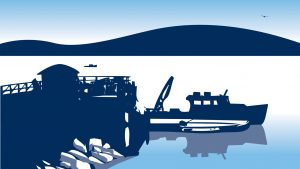Microbial Ecology and Biogeochemistry
Microbial processes underlie the function of all ecosystems, and yet the vast diversity of microbes in nature is still being discovered. In the Rich lab, we study the structure and function of microbial communities in marine ecosystems. Our research addresses the role of microbes in the flow of elements and nutrients in ecosystems, with a particular focus on the nitrogen cycle. Our field sites are local and remote, from coastal Maine to deep-sea hydrothermal vents, and Antarctica. Our laboratory is located at the Darling Marine Center, the University of Maine’s marine laboratory and field station on the mid-coast of Maine.
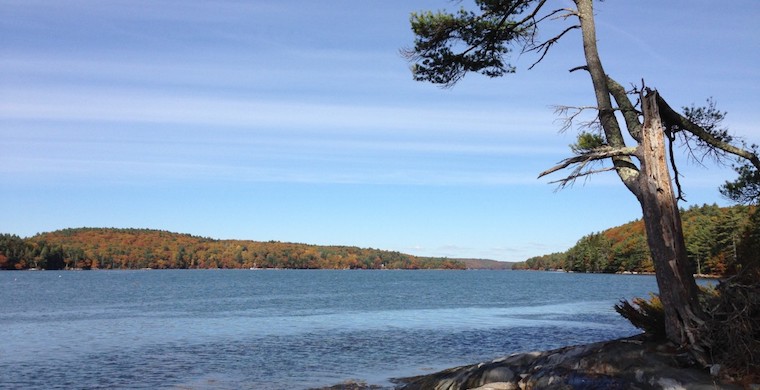
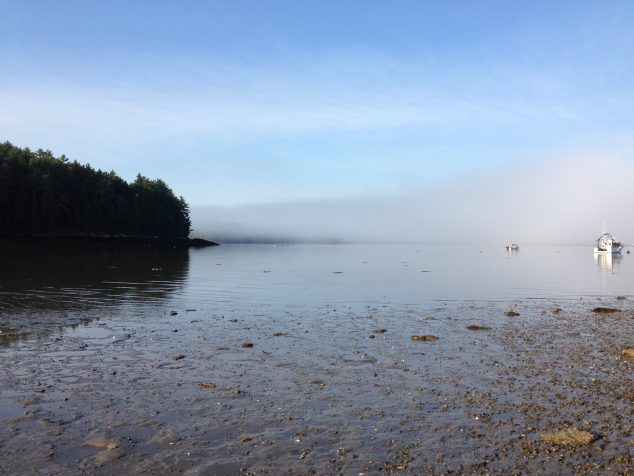
Microbial nitrogen cycle of coastal marine sediments
Nitrogen is a key-limiting nutrient to plant growth on land or phytoplankton in the ocean. As phytoplankton growth is the basis for life in the ocean and influences concentrations of CO2 in the atmosphere, nitrogen availability is of fundamental importance. Our lab is focused on anoxic microbial processes that control the net loss or retention of biologically available nitrogen in marine ecosystems. Denitrification is the primary loss pathway while dissimilatory nitrate reduction to ammonium (DNRA) is the retention pathway that we study. We use different biogeochemical and molecular approaches, such as application of stable isotopes, microsensors, and metagenomic sequence analyses to understand the microbial nitrogen cycle. In collaboration with Anne Giblin at the Marine Biological Laboratory (MBL) in Woods Hole and Chris Algar at Dalhousie University, we are continuing to determine the influence of environmental factors on the relative importance of nitrogen loss and retention pathways in marine sediments.
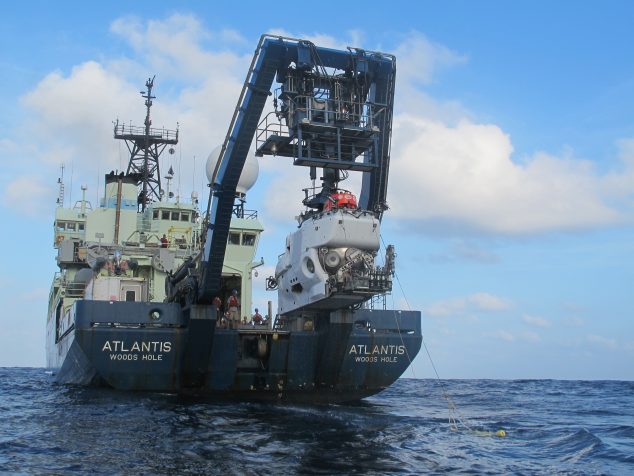
Denitrification at hydrothermal vents
Deep-sea hydrothermal vents have fascinated scientists and the public since their discovery in 1977, as an oasis of life at the sea floor. The basis for life at deep-sea hydrothermal vents is chemosynthetic activity of microbes, as opposed to photosynthesis of microbes or plants at the surface. We still do not understand fundamental processes occurring at vents, such as rates of chemosynthetic activity and whether chemosynthetic microbes rely more on nitrate than oxygen for their activity at vents. Craig Taylor at Woods Hole Oceanographic Institution (WHOI) has developed a submersible incubation device (Vent-SID) to enable process rate studies at the sea floor. In collaboration with Taylor and Stefan Sievert (WHOI), our lab aims to quantify nitrate respiration and denitrification rates in Vent-SID experiments.
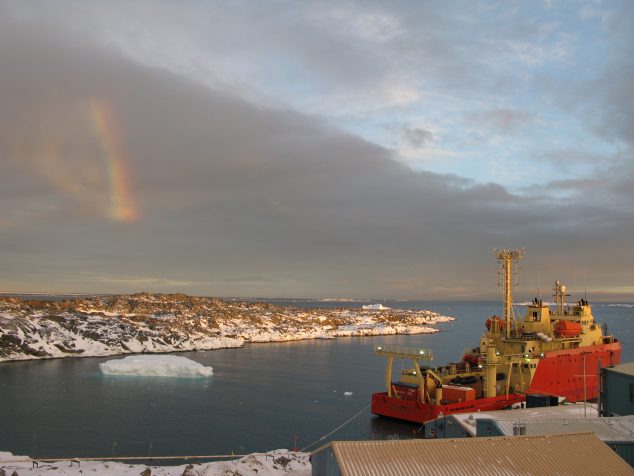
Seasonal succession of bacterial communities in Antarctica
The Western Antarctic Peninsula is one of the fastest warming environments on Earth. It is home to large populations of whales, seals, and penguins that all thrive thanks to abundant summertime phytoplankton blooms. Yet the microbial communities that contribute to this charismatic food web remain poorly understood. In collaboration with Hugh Ducklow (Columbia University), Linda Amaral-Zettler (MBL), and graduate student Catherine Luria, we are investigating whether the pulse of resources (i.e., organic matter) created by the summer blooms drives seasonal succession of microbial communities, and if so, how. We are using next generation DNA sequencing to characterize the microbial communities living in the surface water of the peninsula’s ocean and how they change with the seasons. Our project is one of the few to examine successional changes in microbes from winter-to-summer in this rapidly changing region. This is a necessary first step to place the longer-term ecological impacts of climate change in context.
Microbes in the Environment
SMS 491
Spring semesters, Orono
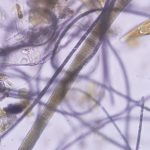 This is a lecture-based course that examines the enormous diversity of microbial life in the environment, with a focus on marine ecosystems. It explores the genomic mechanisms explaining phylogeny and life history strategies in microbes, as a basis for understanding their diversity. It examines the dimensions of different environments and interactions with other organisms. A theme is how different microbes are adapted to unique niches within these environments and how this helps explain their interactions and function.
This is a lecture-based course that examines the enormous diversity of microbial life in the environment, with a focus on marine ecosystems. It explores the genomic mechanisms explaining phylogeny and life history strategies in microbes, as a basis for understanding their diversity. It examines the dimensions of different environments and interactions with other organisms. A theme is how different microbes are adapted to unique niches within these environments and how this helps explain their interactions and function.
Microbial Ecology
SMS 491
Fall semesters, Darling Marine Center
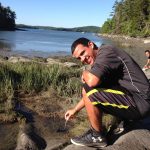 Microbes – Bacteria, Archaea, viruses and single celled Eukaryotes – are the most diverse group of organisms on Earth. Microbes underlie the ecological function of every ecosystem, and are wonderfully mysterious and exciting to study. This field and lab based course will introduce students to methods used to investigate microbial diversity and habitats, while emphasizing concepts in microbial ecology. Students will become familiar with molecular techniques and sequence data and how they are analyzed to understand microbial diversity. Students will quantify chemical gradients and reaction rates that influence microbial activities and distribution. They will learn about metabolic diversity of microbes and how this diversity plays out on broader ecological scales. Students will conduct experiments and analyze and interpret results, with an overall emphasis on investigative learning and integration with prior knowledge through writing and presentations.
Microbes – Bacteria, Archaea, viruses and single celled Eukaryotes – are the most diverse group of organisms on Earth. Microbes underlie the ecological function of every ecosystem, and are wonderfully mysterious and exciting to study. This field and lab based course will introduce students to methods used to investigate microbial diversity and habitats, while emphasizing concepts in microbial ecology. Students will become familiar with molecular techniques and sequence data and how they are analyzed to understand microbial diversity. Students will quantify chemical gradients and reaction rates that influence microbial activities and distribution. They will learn about metabolic diversity of microbes and how this diversity plays out on broader ecological scales. Students will conduct experiments and analyze and interpret results, with an overall emphasis on investigative learning and integration with prior knowledge through writing and presentations.
Principal Investigator
Research Associate
Research Technician
-

Julia Mackin-McLaughlin
Research Technician
Graduate Students
-

Rachel Presley
Graduate Student
Undergraduate Students
-

Dory Freeman
Undergraduate Student
Former Lab Members
Postdocs
Nuria Fernandez-Gonzalez
Amber Hardison
Graduate Students
Lindsay Brin
Cat Luria
Libby Gorse
Undergraduates
Phil Arevalo
Michaeline Nelson
Emilee Burris





